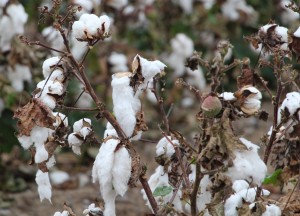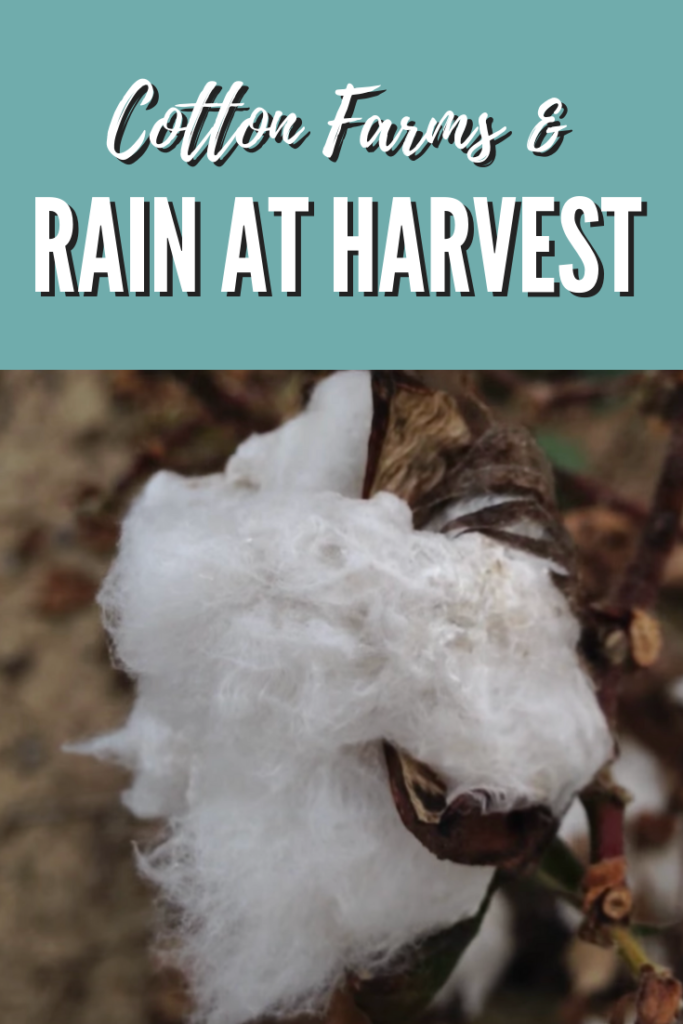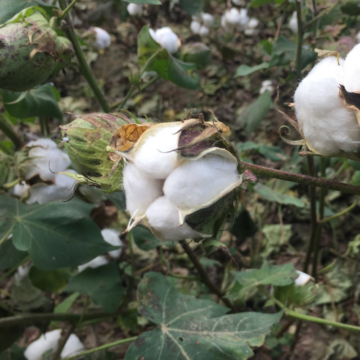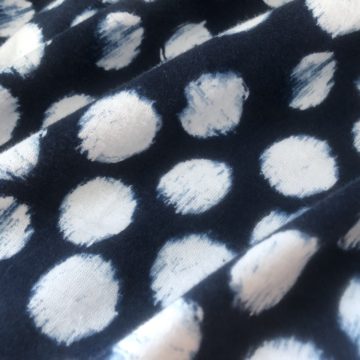There has been so much rain in the Mid-South recently and I thought some of you may be wondering how rain may impact the cotton crop that is still in the field. So I’m posting another harvest time video. The previous two videos showed 1) what the cotton plant looks like as it nears harvest and 2) a field that was being defoliated and talked about why. This video shows cotton that is fully defoliated and would be ready for cotton pickers if it wasn’t for the rain.
When you think about how beautiful a cotton crop is at harvest, you picture big, white, fluffy bolls of cotton. Well when rain hits, it can change all of that depending on the weather. The two biggest impacts are reductions in lint yield and decreased fiber quality.

Cotton Yield Impacts of Rain
The cotton plant is built to hold lots of cotton bolls of varying sizes with bigger bolls closer to the stalk and the bottom of the plant. As rain falls, it soaks right into the lint making it heavier. That can give the plant a hand time holding onto the link so it starts to stringout (just realized that word wasn’t in my working cotton dictionary). If the rain is particularly hard or if its also windy, the link can actually fallout of the bracts / boll and land on the ground. That definitely takes its toll on yield.
The photo at right shows the quick impact that even a light rain can have. There are still some bolls that are holding together well, but some of the others are stringing out pretty badly.
 Cotton Quality Impacts of Rain
Cotton Quality Impacts of Rain
Cotton lint is one of the valuable crops that what you want to harvest is exposed to the elements — same goes for a lot of fruits and vegetables. Since the lint is exposed to the weather and all, it can be plagued by things that will deteriorate the quality that’s there.
- The most common one happens when moisture soaks into the lint. If the weather is not really warm to dry it out quickly, that water will create an environment for molds, mildew, etc to form on the boll, much like will happen if you leave a wet t-shirt balled up on the floor. That leads to spotting, discoloration, etc. and textile mills don’t want to deal with those problems when they are spinning yarns or weaving and knitting fabrics.
- One that can happen but is more rare, is the seed can begin to sprout in the boll. The seed is all tied into the lint, so any growth of the seed, leaves plant matter to provide contamination as harvest goes to the gin.
Harvest Problems on Video
The video shows a bit more and now and then, you can actually hear the rain that was falling on me! There is also another video from a couple of years ago when I got to the field with our of the awesome agronomists I work with — Dave Albers and he shows hardlock bolls, quality issues and more.





you are amazing i too love agriculture